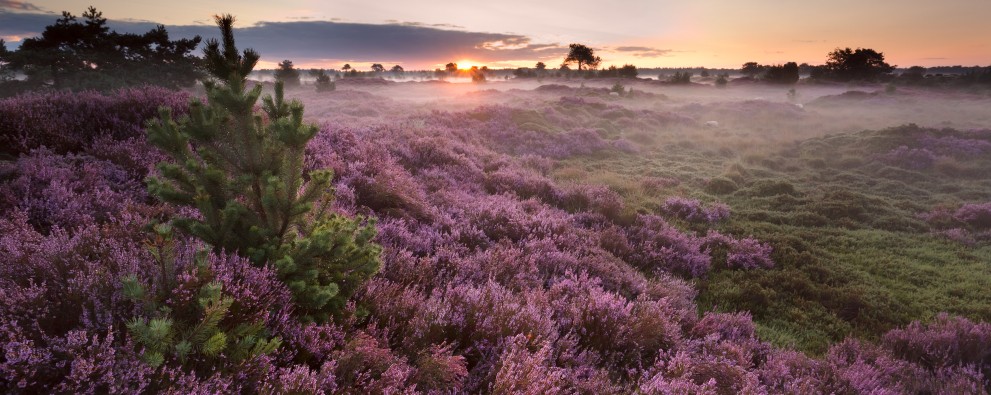(Background) information nature reserve
The forests of Sint Anthonis, with those of Vierlingsbeek, Oploo, Wanroy and Mill and those of the Brabants Landschap, form an almost contiguous forest belt of 3,000 hectares. They were created at a time when there was a great need for farm timber and pole timber for the mines in Limburg. The Scots pine lent itself perfectly to this. The conifer was planted over very large areas and still largely determines the forest image today.
For a number of years, however, the Forestry Commission has also been planting deciduous trees in the forests of Sint Anthonis. Not only to give the whole a more attractive appearance, but also to promote the variation in nature. After all, the production of wood has long since ceased to be the only objective in forest management. Nature and recreation play at least as important a role. This is why Staatsbosbeheer is transforming pure production forests into "multifunctional forests.
The central part of Sint Anthonis is defined by the Ullingse Bergen. This is an open heathland area where nature is paramount. Junipers, a characteristic conifer of wasteland, are given a chance here. To preserve the heathland, the area has been grazed by a flock of Kempen heath sheep since 1979. This breed has belonged here since time immemorial and has kept the heath open for centuries. The animals are well suited as refined mowers to keep the heath in order. The Scottish Highlanders also help with nature management on the heathland of Sint Anthonis. The heavy cattle have populated the heathland since 1987 and they specialize in the rougher work. In addition to old and young grasses, they also eat stiff crops such as dry branches, young birches and old heather plants. This gives other animals more opportunities in the open spaces and they are now expanding.
The presence of deciduous woodlands and wet meadows creates a great variety on the northeast side of the area. Here are the Fish Diel, the Birch Forest and some 30 acres of wet meadows. The Visdel and the Birch Forest together form the source area of the Tovensche brook flowing here. It is a humid area that manifests itself in lush vegetation.
Do you want to book for a period longer than 3 weeks? Contact in that case the camping itself directly by phone or email.

